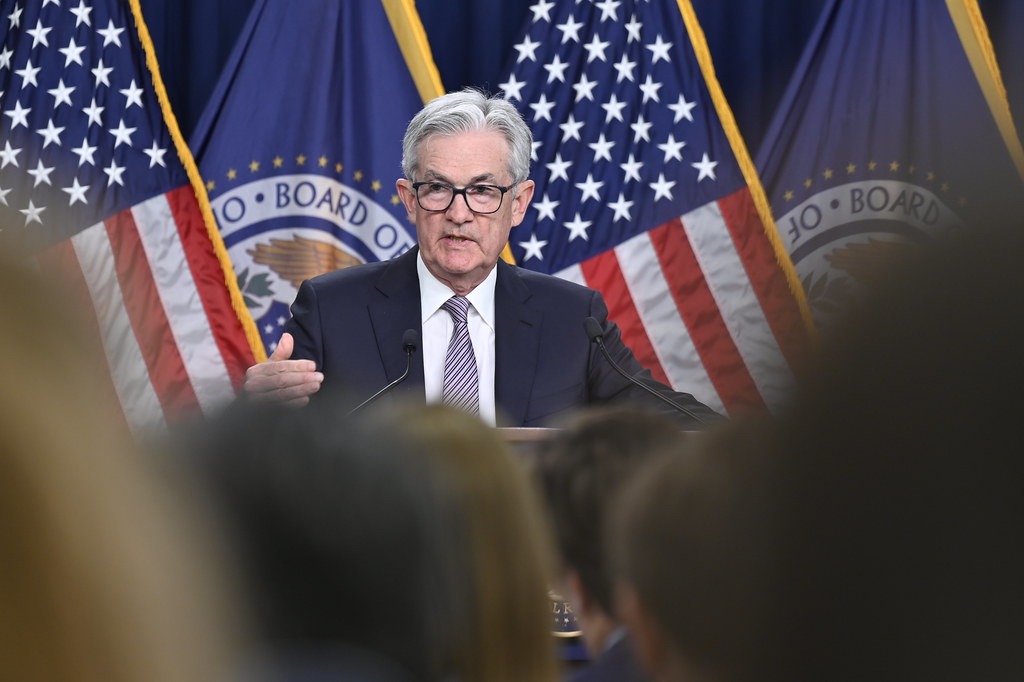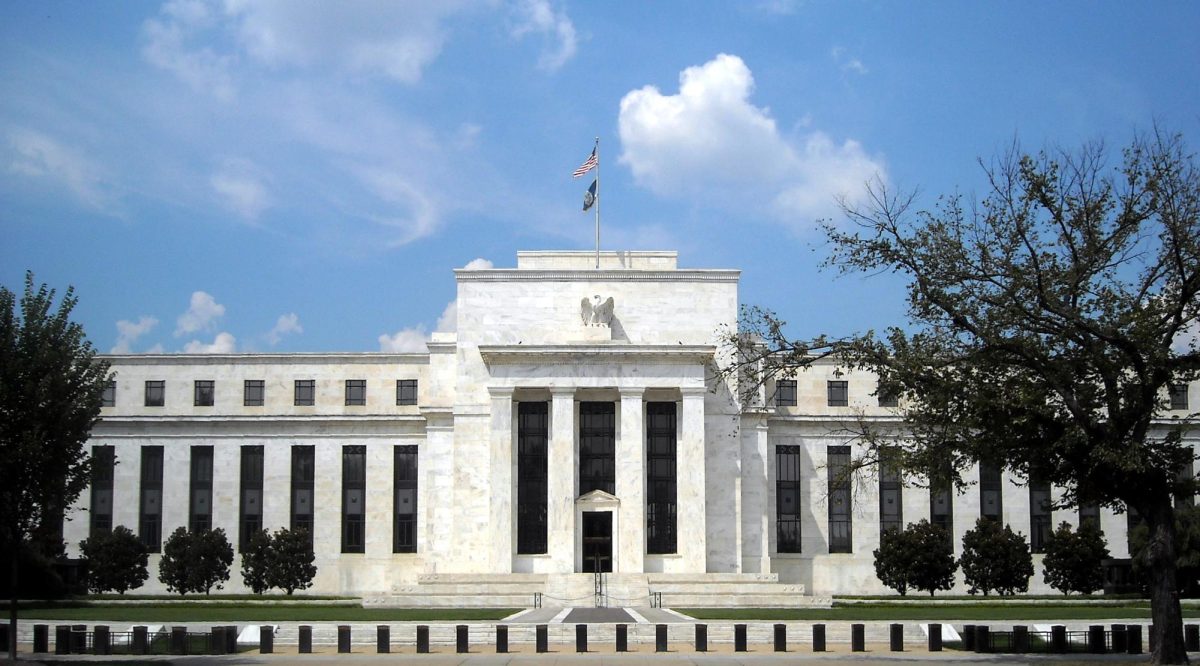Federal Reserve Chair Jerome Powell, head of the Federal Open Market Committee, held the federal fund rate steady in the meeting on March 20.
It marked the fifth consecutive meeting in which the Fed held rates steady, with the overnight federal funds rate ranging from 5.25% to 5.5%. This rate continues to be at a 22-year-high.
Moreover, the Fed outlined its intention of reducing its holdings of Treasury securities, agency debt and agency mortgage-backed securities.
Market reactions to the Fed’s announcements were largely bullish; the S&P 500 rose by 0.9%, Nasdaq composite was up by 1.3% and the Dow Jones Industrial Average gained 1%.
During the meeting, the Fed additionally emphasized it was not ready to lower interest rates yet anticipated three rate cuts coming in 2024.
The market is predicting the first cut to be closer to the summer. This comes in light of the Fed’s year-end Fed funds projection of 4.6%.
Criticism of the Fed potentially politicizing its decisions by lowering rates ahead of the November elections have also risen.
The hesitancy the Fed faces is due to the fear of cutting too early, rebounding high levels of inflation, or too late, harming employment. It is cautiously calculating its first cut and will only act when there is enough data to provide ample confidence to do so.
“The story is really, essentially, the same of inflation coming down gradually to 2% on a sometimes bumpy path,” Chair Powell said. “We’re not going to overreact… to the two months of data. Nor are we going to ignore them.”
Consumer spending has calmed down from the summer, likely due to the cold winter season.
The Consumer Price Index stood at 3.2% in February and the Personal Consumption Expenditure Price Index, the Fed’s preferred core index, stood at 2.8% in January, illustrating both indexes were down.
The economy has demonstrated remarkable resilience despite the high funds rate as evidenced by the depreciation of the U.S. dollar against the yen and euro, accompanied by the lowest credit spreads seen in a decade.
These indications of improved financial conditions offer optimism to investors, fueling expectations of increased profits and higher share prices as a result.
Job gains have averaged 250,000 this year and economic growth was projected at 2.1% higher than the 1.4% previously projected, reflecting an increase in real gross domestic product and indicating no foreseeable signs of a recession.
The job market has subsequently defied conventional economic theory — tightened monetary policy typically leads to job losses and a negative effect on workers.
However, this has not been the case. The jobs market has been robust, attributable to increased immigration and a post-pandemic productivity for workers.
Despite concerns about inflation, there are signs of it cooling, albeit slowly. The unemployment rate was up 3.9% from 3.7%, but still remains below the 4% threshold, alleviating immediate concerns for the Fed.
Nonetheless, if the labor market shows clear signs of struggling, it could prompt the Fed to take a detour and focus its monetary policy efforts on employment rather than controlling inflation at 2%. The Fed’s dual mandate consists of controlling inflation and achieving the maximum employment.
The 2% inflation seems like a farfetched goal, with the Fed predicting to hit it sometime near 2026.
Other experts share similar views.
“Overall, the updated Summary of Economic Projections suggests that the FOMC believes that inflation is on a path back to its 2% target, but it is likely to be achieved slightly later than previously expected,” Wells Fargo economists Sarah House and Michael Pugliese wrote in an analysis.
The Fed’s dual mandate of controlling inflation and maximizing employment remains central to its policy decisions. As the committee continues to monitor evolving economic data, it aims to strike a delicate balance between managing risk and fostering sustainable economic growth.









